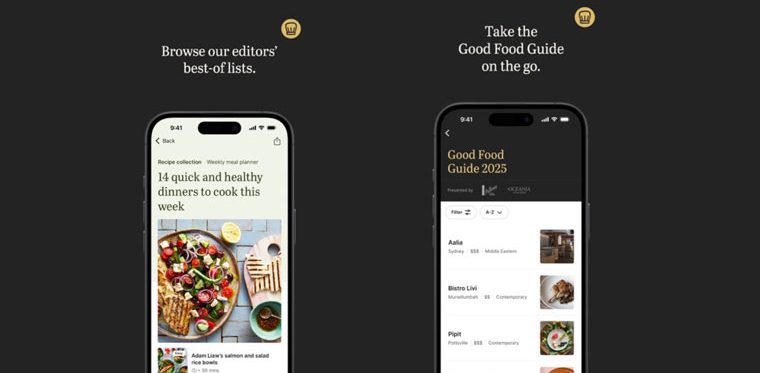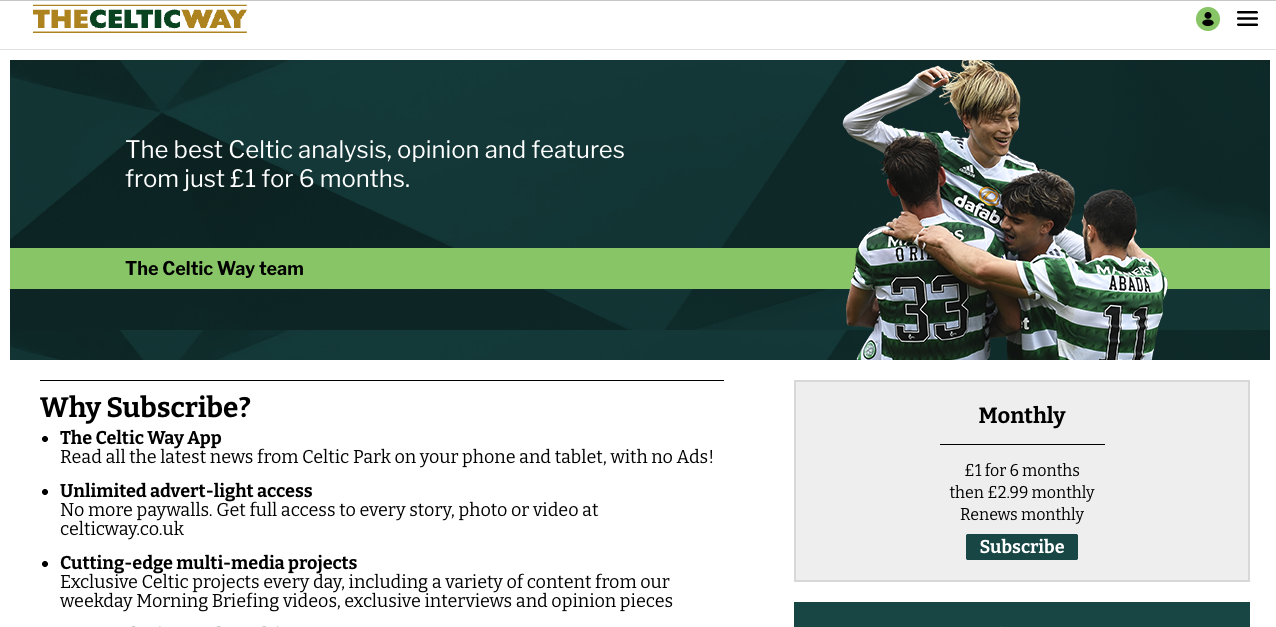
Newsletter
Newsletter
Publishers discussed the technology and tactics they are using to drive retention and revenue at the Press Gazette’s Future of Media Technology Conference.
13th September 2024

Before I dive into the topics for this week’s Media Bulletin, I want to invite you as loyal readers of the newsletter to join Mobile Matters, our new community focused on mobile publishing. If you join now, you’ll be part of a beta-testing group and given access to the Mobile Matters Slack workspace. The beta test is only open to publishers, but we’ll expand that to partners and industry experts in the coming months. What you’ll get by joining:
If you’re a publisher and want to join the beta group, please fill out this form. Now, on to this week’s Media Bulletin.
The Media Bulletin went on the road again at the Press Gazette’s Future of Media Technology Conference. For a tech-focused conference, publishers spoke a lot about relationships and community. As reader revenue has become an important income stream for publishers, they have invested in products and services that help them know and serve their audiences better.
Knowing readers also means publishers have a wealth of zero- and first-party data about them, which supports premium advertising and product development. Those products can create new revenue streams and support retention. The Times and Sunday Times have found that their app decreases propensity to churn by 60% said Edward Roussel, the Head of Digital at The Times and the Sunday Times.
Overall, the conference showed how shifting from focusing on high-volume, unknown audiences to developing relationships with known audiences creates a flywheel that drives growth in reader revenue and higher-value advertising. This financial foundation allows publishers to invest in diversifying their revenue streams, which is adding much-needed resilience after the tumultuous first half of this decade.
As our State of Mobile Publishing report highlighted this year, publishers have prioritised retention, and speakers at the conference discussed the value of relationships, community and personalisation in reducing churn.
The success of Politico and Politico Pro is driven by long-term relationships with readers deeply interested in politics, Kate Day, the deputy editor-in-chief of Politico Europe, told the audience. At Politico, their reader revenue strategy has allowed them to hire teams of specialist journalists who provide high-quality, premium coverage that commands a higher subscription price due to the value of the information to their subscribers.
Audiences also want to be part of a community and the conversation. “It’s no question that audiences want to be part of the experience, whether that is to take part in a poll or a survey” or leave comments on the site, Edward Roussel of the Times and Sunday Times said. Despite criticism by some, they required real names to leave a comment, and they have seen racism and misogyny drop off while quality improved.
The Mail realised how important participation was when they took away a community feature, Simon Regan-Edwards, the product director at Mail Digital Publishing said. When they stopped their daily poll for a time, “people told us we were taking away their voice,” Simon said, adding, “Community is one of the superpowers”.
Subscriptions, memberships and, in the case of The Guardian, one-off donations are more than a revenue stream. Reader revenue is also a strong signal to the business to help inform content strategy and the products and features audiences want from publishers such as personalisation.
The Financial Times is investing a lot in personalisation, said Fiona Spooner, the Managing Director of Consumer Revenue. Users can personalise their experience through their newsletter choice or the topics they follow.
The FT is trying to strike a balance because they know audiences want to read content they might not know about, but Fiona said the value of personalisation is clear to readers and to the FT. Readers who set up a more personalised experience are less likely to cancel.
Apart from relationship management, publishers also spoke about the operational elements of their reader revenue strategy.
Most publishers lose as many subscribers through involuntary cancellation – when payments fail – as they do with customers deciding to cancel. The FT has worked to tighten up its payment services and now has a 70% success rate in dealing with payment failures.
Part of the value of getting a user to register or subscribe is being able to capture data about user habits, and data has been critical as publishers navigate the changing media market.
As with many publishers, Haymarket started to see a decline in digital advertising revenue and decided to pivot to a known audience model, said Payal Sood, the technology director of Haymarket Media Group. “We started to collect first-party data and build a relationship with our customers,” she said, adding their content strategy focuses on creating content to “give readers a reason to log in”.
Subscriptions increased from 15% of their total revenue to 50%. To continue to drive growth, they have shifted their focus from individual to corporate subscriptions.
Beyond content, data also allows Haymarket to understand user requirements and “deliver a more premium product”, she said.
With publishers looking to continue their subscription growth, some have turned to discounts and the “cyclone strategy”, which focuses on acquisition first and then engagement. Larger publishers have adopted this strategy and accepted a higher rate of churn because it’s offset by opening up the top of their funnel via discounts and trials.
It might be tempting to discount, especially when the New York Times or the Washington Posthave digital subscriptions for half the price of the FT, Fiona Spooner said, but she added that deep discounts are not sustainable and limit long-term growth. Moreover, the retention rate for subscribers who join at full price is double that of those who join at a discounted rate.
General news publishers will envy the pricing that business and specialist titles such as Politico, the Financial Times and the Racing Post can command. Their pricing is the result of conscious decision-making by the titles.
In recent years, the Racing Post realised they could charge a fair price or cut corners. “If you meet a need and are distinctive, then you need to charge a premium,” Tom Kerr, the Editor of the Racing Post and Group Content Director at Spotlight Sports Group, said. The Racing Post sells for £5 daily and £50 monthly.
While specialist business titles have had better luck in charging a premium for digital content, Edward Roussel at the Times said he learned from entrepreneurs in New York that publishers shouldn’t “be embarrassed to ask people to pay for something.” Entrepreneurs were quick to grow their revenue, and to do that, they established a relationship with their customers.
He echoed Tom’s comments. The Times is a content business and “every story needs to be distinctive and differentiated”. They also realise that they need to serve their increasingly mobile audience. He teased a major investigation that The Times was going to release the evening of the conference. It involved a lot of hidden camera work. “How do you tell that story mobile-first?” he asked.
Distinctive content in the format and on the device that audiences prefer develops the level of loyalty that supports their largest revenue line item – digital subscriptions. “If people come back sixteen times a month, their propensity to churn drops,” he said.
To manage the data, products, and content necessary to achieve this success, cross-functional teams are a necessity. “The newsroom needs to be working closely with the product team and the marketing team,” Edward said, adding, “It’s like a three-legged stool, and you need to build that connective tissue.”
The Mail has a cross-functional team co-located with editorial, Simon said. “We have marketing and a tech product team in the newsroom. Having that connection – editorial, product and tech working with preferred partners – that is the glue, the secret sauce.”
As we open up the Mobile Matters community, let’s discuss how you are building this cross-functional connective tissue.
Here are some of the most important headlines about the business of news and publishing as well as strategies and tactics in product management, analytics and audience engagement.

Newsletter

Newsletter

Newsletter

Newsletter

Newsletter